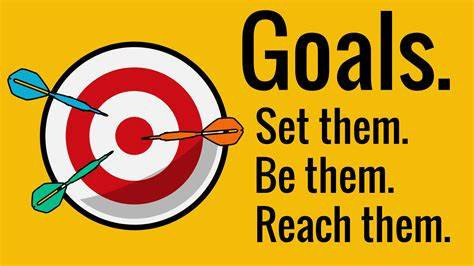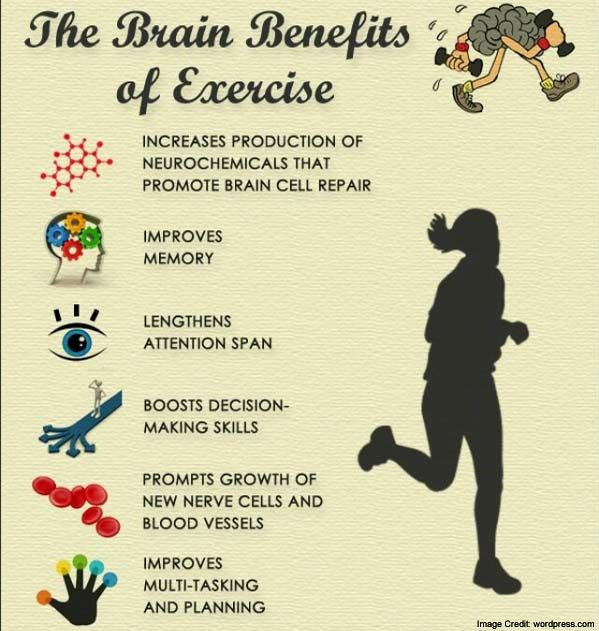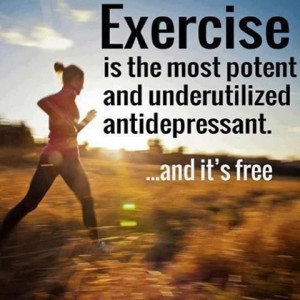IS IT, REALLY?
Absolutely! I have noticed this for years. Even when I was tired after a basketball game or tennis match, I felt comfortable and at ease. I got a “runner’s high” after a 3-mile run. I enjoyed the feeling of being “pumped” after weight lifting.
Within team sports, I felt an important sense of “belonging”. In individual sports, I was gratified by a sense of achievement. There seems to be no greater emotional experience than being tested thoroughly and winning. Or losing to a more skilled opponent and learning from that process.
Playing tournament tennis was always more satisfying to me than picking out an opponent in “social” tennis that I knew I could beat. The important thing for my mental health was to be “tested”.
Setting and attaining goals has always seemed to be a foundational principle of my sports and exercise involvement. There is a definite connection to mental health, because goals:
- Give us focus
- Motivate us
- Direct us
- Make us committed
- Allow us to progress

This post will explore further reasons why there is a mental health component to exercise. In addition, of course, to the physical side – the cardio effects, muscle building or skill development that we easily acknowledge.
EXERCISE AND DEPRESSION
According to the Harvard T. H. Chan School of Public Health, running for 15 minutes per day or walking for an hour reduces the risk of major depression by 26%. Maintaining the same schedule will also prevent a relapse.
There are a several reasons for this:
- Exercise promotes neural growth and reduces inflammation
- Endorphins are released, which lift our spirits and make us feel good
- Exercise can provide a distraction, so that we may be removed from negative thoughts
Anxiety is relieved, especially if we completely focus on the sound our tennis racquets make, the flight of our golf ball or the wind hitting our face as we are running. We should stay attentive and not “zone out” for best results.
Exercise helps us break the cycle of stress as endorphins are released in our brains. As our bodies release tension, our minds also relax. They are closely linked.
Related benefits include:
- A better memory
- Sharper thinking
- Greater self-esteem
- Better sleep
As is the case with any form of exercise I have ever known, it is not necessary to start out with hours of exercise. Try 15 minutes or even less. Be comfortable. You will know when you are ready to increase the intensity.
The image below summarizes many of the “brain” benefits of exercise.

TREATING OTHER DISORDERS
ADHD, or attention deficit hyperactivity disorder, is characterized by impulsive behavior and lack of attentiveness.
Exercise can be an excellent complement to medications for this. Dopamine levels can be regulated by physical exercise to improve concentration and reduce the impulsive behaviors.
PTSD, or post-traumatic stress disorder, may become pronounced in those people who have experienced trauma and are now having flashbacks.
Exercise has become a common mode of treatment for PTSD, along with medications and psychotherapy. Brain functions are enhanced and hormone levels are regulated.
BIPOLAR DISORDER causes shifts in moods and concentration levels.
Regular physical exercise reduces these shifts and improves one’s sense of well-being. Also, weight gain is often a side effect of bipolar disorder and weight management is certainly enhanced by exercise.
OCD, or obsessive – compulsive disorder, may cause us to repeat compulsions over and over. Severe OCD may affect every aspect of our lives.
Along with medication, exercise has become a popular method of treatment for OCD. In 2017, a study was done on OCD and exercise. 56 adults with OCD were put on a 12-week aerobic exercise program. The reduction of OCD symptoms was significant.
TRACKING
The U.S. Department of Health and Human Services suggests that adults and children over 6 years of age should get an average of 60 minutes of exercise per day.
Any exercise is better than none. We may walk, swim, cycle, dance or do stretching and yoga. Sweeping, mopping or vacuuming can be considered exercise.
It is important to choose a mode of exercise that we enjoy. That was never a problem for me when I was younger. I never even thought of sports as exercise.
However we exercise and whatever prompts us to do so, it is crucial to track our participation. There are many ways to do this. Two of my prior posts deal with tracking:
I have found that a tracking method or device keeps me organized and accountable to myself.
FINAL THOUGHTS
Since today’s subject matter does not deal with equipment, I don’t have any Amazon or other links to place within my article. But let me bring attention to 3 permanent links that are always shown on my website. They are:
- “Become an affiliate marketer” in my upper menu. This provides information on Wealthy Affiliate, my training and hosting platform. This provides everything you need to know about starting an affiliate marketing business. Start for free.
- Bullworker Fitness -Upper sidebar. Producer of high quality isometric/isotonic fitness tools, Great for home gyms and easily transported when traveling.
- Dick’s Sporting Goods – Lower sidebar. The largest sporting goods merchant in the U.S., they are now having a clearance sale, with 30% off select Nike products and up to 50% off throughout their inventory.
Please leave me any comments or questions in the “Comments” section below. Or email me, richard@myworkoutathome.com.
Be well!
